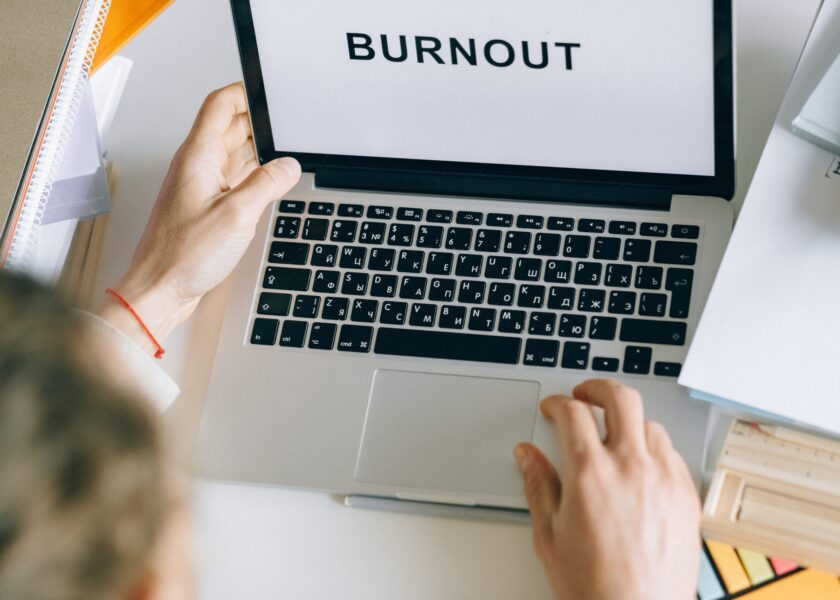You’ve got your program up. You’ve got the funding for it. How do you promote it on an ongoing basis to keep interest high?

One of the things a lot of wellbeing programs fail to do (organisational ones) is they fail to take account of public initiatives.
One of the things we do and I think we do very well in our Wellbeing Program is we help you take advantage of what is going on in the public sphere. We are talking about things like: men’s health, Stress Down Day, Breast Cancer Awareness Day, Walk to Work Day.
There are so many of them. The important thing is that they are spread out over the year. This links nicely into our 12-month Wellbeing Calendar. For example, if we do have Stress Down Day or Stress Week or something similar, that is essentially where we put our stress management activities. This gives people the ability to look forward to different events that are linking into these public events that are going on anyway. We don’t want to re-create them, we want to go into some of these programs. All of the marketing, all of the flyers, a lot of the activities are already there in which they can participate in themselves outside of working hours to leverage and promote what we have put in place with our Wellbeing Program.
The other advantage of that is it helps you as an organisation to look like you’re on the ball with what is going on. It puts the wellbeing initiatives that you are running in a wider context and builds public awareness. It is a “free ride” as far as communication goes and it links the external.



